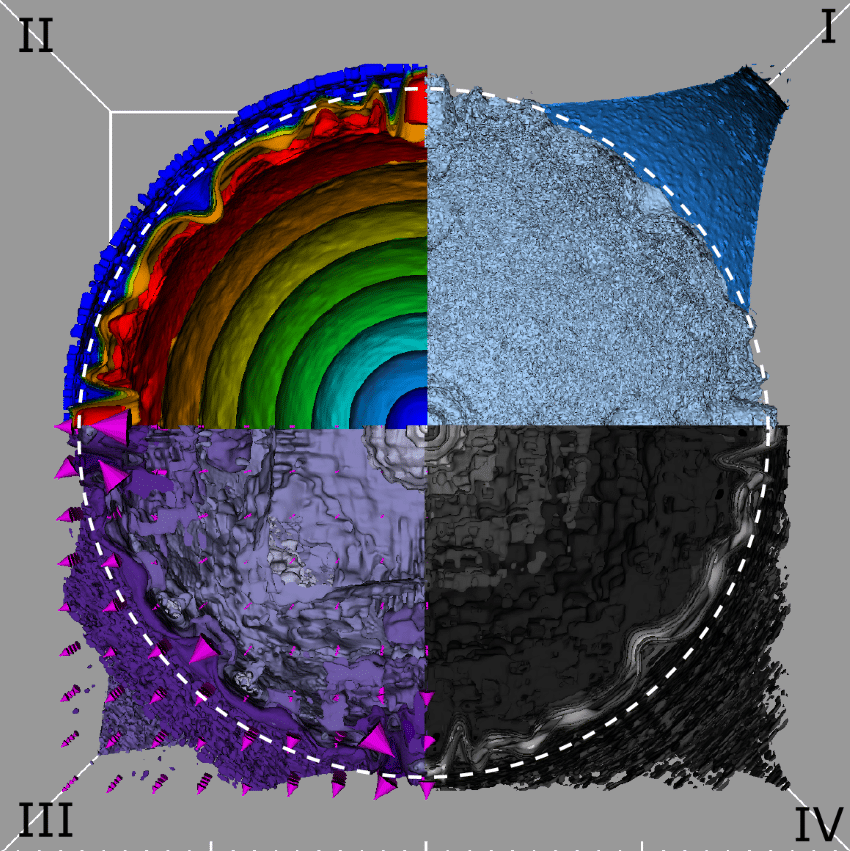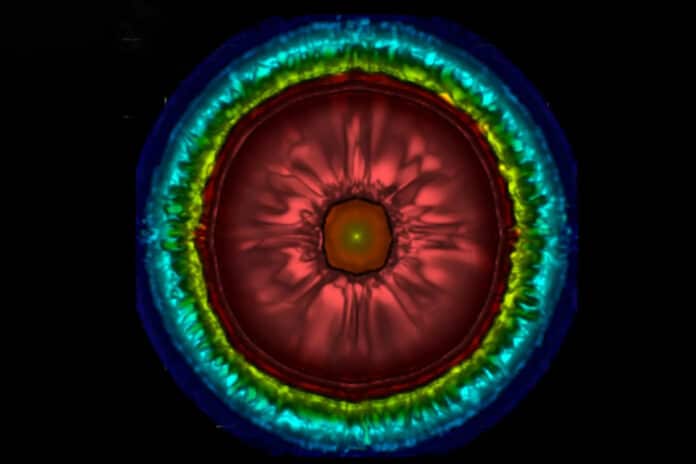A supernova is a powerful and luminous star explosion during a massive star’s last evolutionary stages. The resulting brightness of the supernova explosion is equivalent to billions of suns, illuminating the entire universe. During this event, heavy elements formed within the star are also ejected, laying the foundation for the birth of new stars and planets and playing a crucial role in the origin of life.
Our knowledge of supernovae has grown considerably during the last 50 years thanks to study. According to the most recent large-scale supernova survey findings, exotic supernovae are uncommon stellar explosions that challenge and refute previously held beliefs about supernova physics.
Ke-Jung Chen at Academia Sinica Institute of Astronomy and Astrophysics (ASIAA) in Taiwan led an international team and created the world’s first high-resolution 3D radiation hydrodynamics simulations for exotic supernovae!
They used the powerful supercomputers from the Lawrence Berkeley National Laboratory in the U.S.A. and the National Astronomical Observatory of Japan to do so.
The previous one-dimensional models had significant flaws. Significant turbulence is produced during supernova explosions, and turbulence is essential to the explosion and brightness of supernovae. However, one-dimensional models can’t accurately replicate turbulence from scratch. Due to these difficulties, a fundamental understanding of the physical processes underlying exotic supernovae remains one of the most challenging problems in theoretical astrophysics today.
There were a lot of difficulties in this high-resolution simulation of supernova explosions. The complexity and processing requirements of the simulation significantly increased as the scale of the simulation grew, making it harder to maintain high resolution and necessitating the study of multiple physical processes.
Ke-Jung Chen stressed their simulation code’s benefits over those of other teams in Europe and America. As opposed to exotic supernovae, where multidimensional effects and radiation play a crucial role in affecting the explosion’s light emissions and overall dynamics, relevant simulations in the past have mostly been restricted to one-dimensional and a few two-dimensional fluid models.

Due to the team’s rich experience in modeling supernova explosions and running large-scale simulations, they have finally created the world’s first three-dimensional radiation hydrodynamics simulations of exotic supernovae.
According to the research team’s findings, sporadic eruptions in large stars can have traits resembling several fainter supernovae. The phenomena of superluminous supernovae is caused by the ability of roughly 20–30% of the gas kinetic energy to be transformed into radiation when materials from various eruption periods collide.
The erupted gas also forms a dense but uneven three-dimensional sheet structure due to the radiation-cooling action, and this sheet layer becomes the main source of light emission in the supernova. Their modeling results satisfactorily explain the observational characteristics of the unusual supernovae discussed above.
This work makes substantial progress in understanding the physics of exotic supernovae thanks to the state-of-the-art supercomputer simulations. Astronomers will find more unusual supernovae when next-generation supernova survey projects get underway, adding to our understanding of the dying stages of typical big stars and their explosion mechanisms.
Journal Reference:
- Ke-Jung Chen, Daniel J. Whalen, S. E. Woosley, and Weiqun Zhang. Multidimensional Radiation Hydrodynamics Simulations of Pulsational Pair-instability Supernovae. The Astrophysical Journal. DOI: 10.3847/1538-4357/ace968
